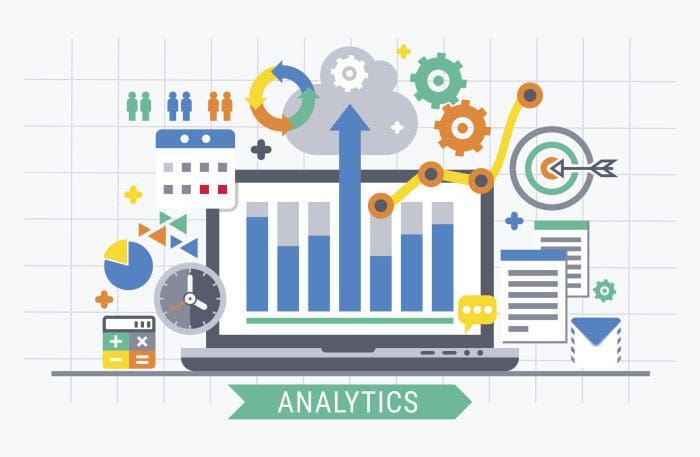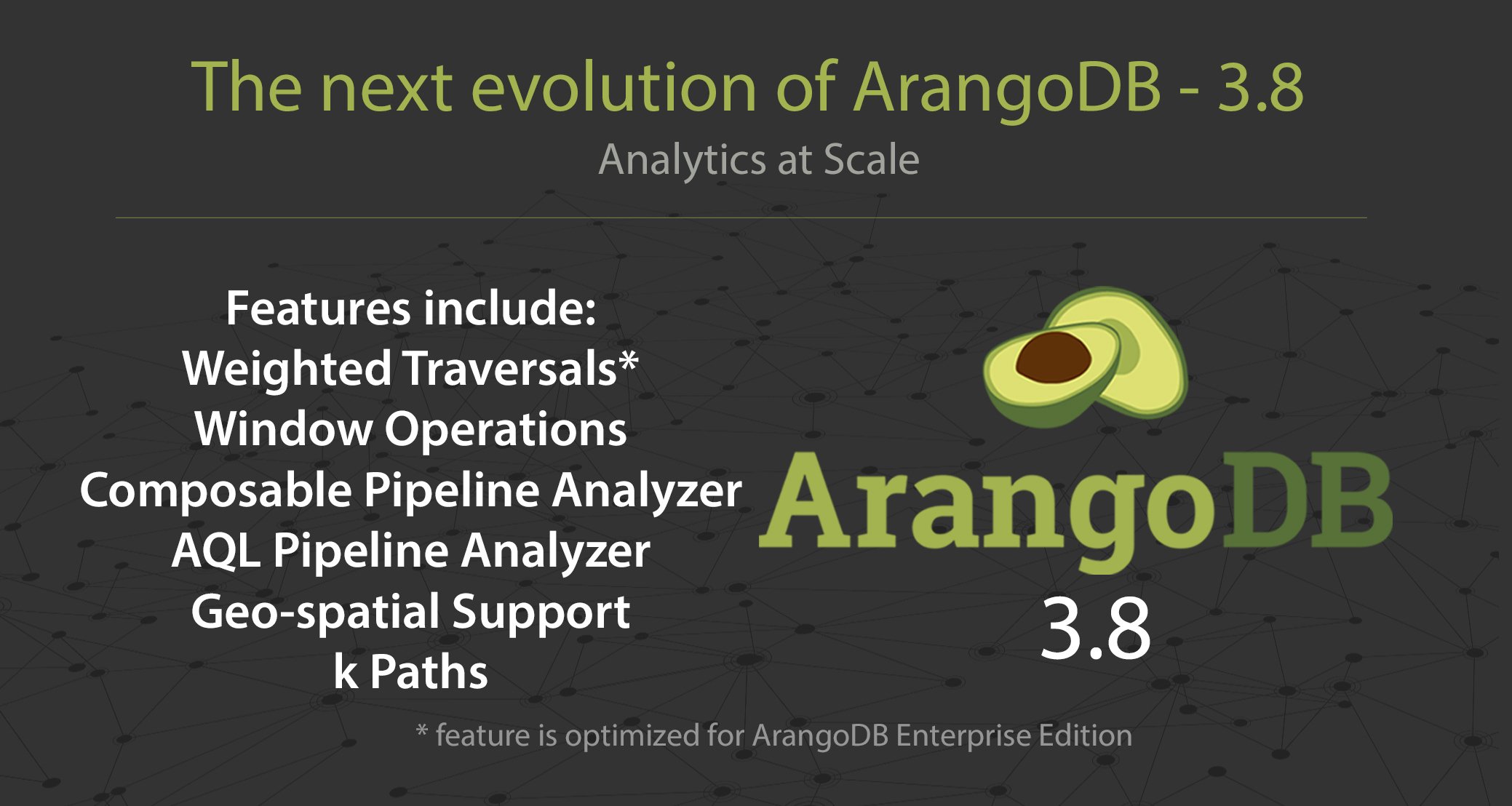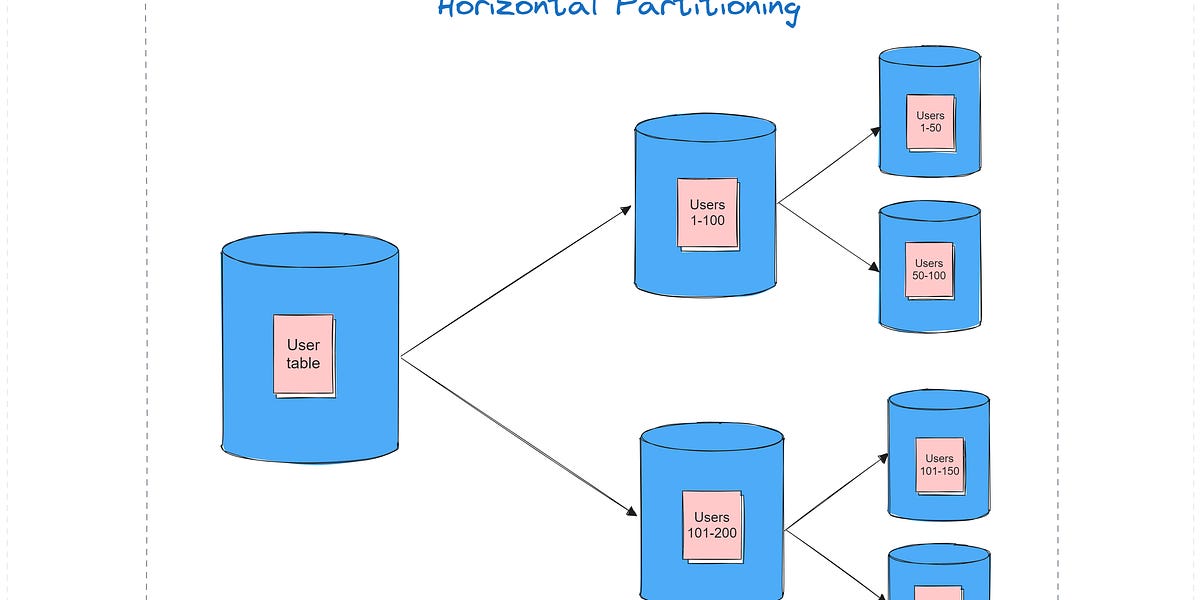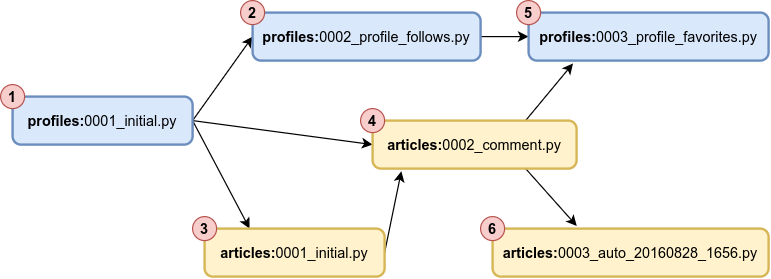
The Future of Analytics
During my past four years as a Partner at Andreessen Horowitz, and then as VP of Product and Engineering at Imply, I have observed an interesting shift in the world of analytics. Analytics has permeated an exponentially increasing number of job roles, industry verticals, market segments, and, ultimately, how people work. The number of software applications that include some kind of analytics has exploded, and now most SaaS applications that serve the enterprise today have some kind of analytics capability to help users make decisions. The reason for this is simple: The traditional analytics tools, usually in the form of Business Intelligence tools (such as Tableau or Looker), are focused on professional analysts, and feature mainly reporting and dashboarding workflows. By contrast, the new “citizen analysts” need domain-specific analytics with more diagnostic, exploratory, iterative workflows. This blog explores the differences between the workflows of professional and citizen analysts, and explains how Imply is enabling citizen analysts to answer their own questions without relying on professional analysts.
The traditional BI workflow starts with a strategic question. Such a question is not too time-sensitive—days or weeks is okay—and the question is pretty complex to answer. A typical question would be, “What market segments in Asia are less penetrated by our various products, and how is our competition doing there?” This question requires translation from human-speak to analytics-speak (i.e., SQL) to dashboard. This is the job of the professional analyst. Because of this human-in-the-loop involvement, getting an answer could be a matter of days to months. Therefore, only questions that can withstand this delay can be answered in this way. We like to call this kind of analytics “cold analytics,” since such questions don’t need an immediate answer, and the data involved is usually hours or days or even months old.

















/cdn.vox-cdn.com/uploads/chorus_asset/file/25417952/transformers_megatron.jpg)




